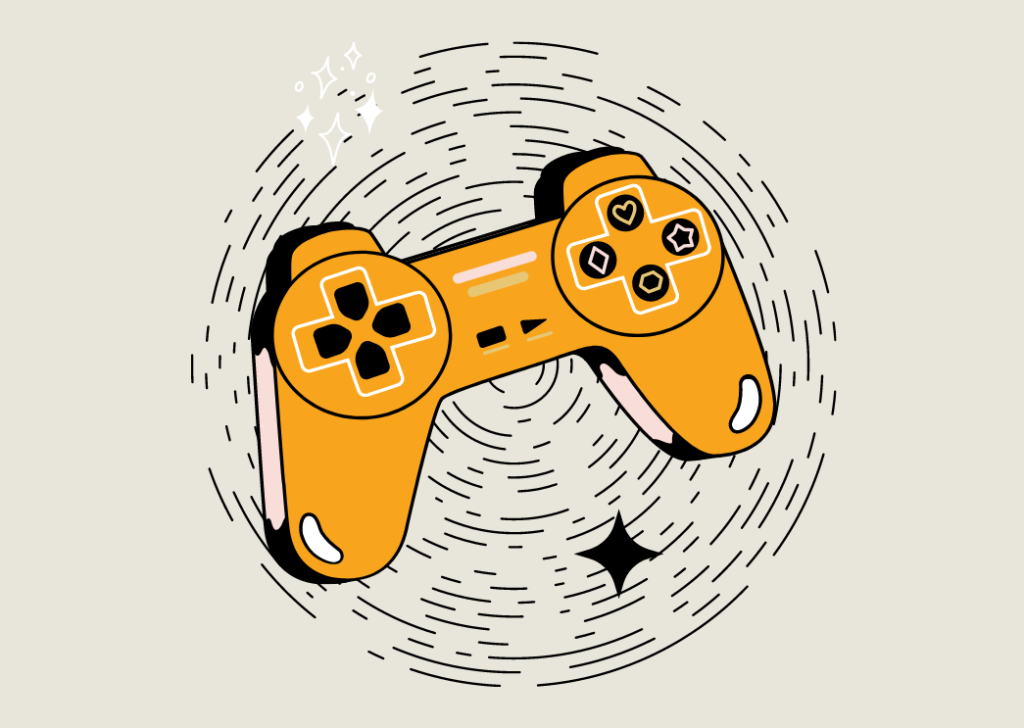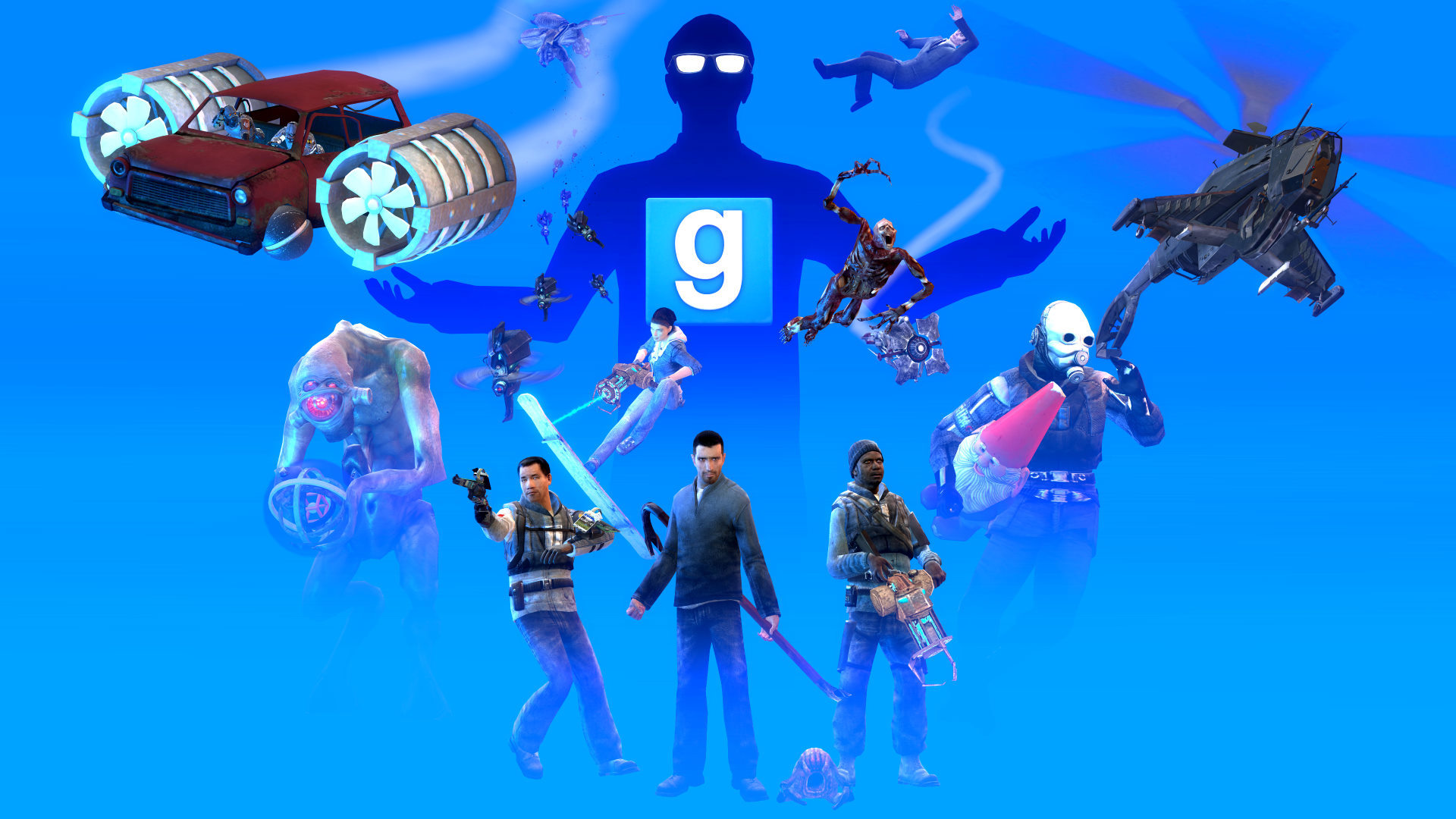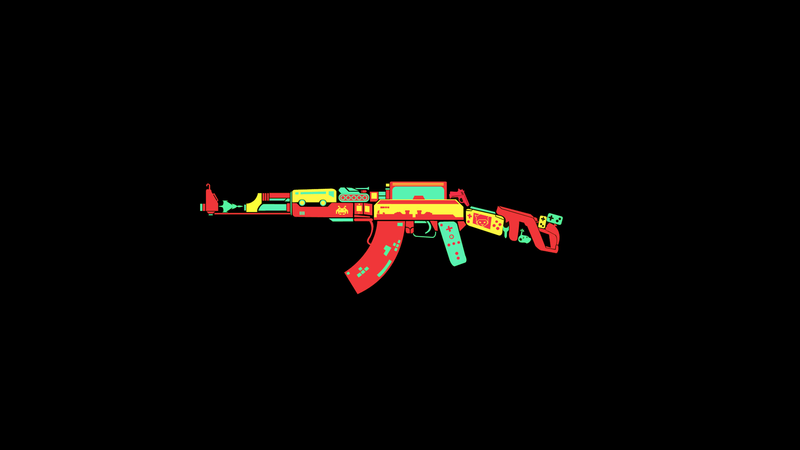Player Feedback and Weapon Tuning: Enhancing Gameplay in Game Development
One of the most crucial aspects of creating a captivating gaming experience is fine-tuning weapon mechanics based on player feedback. Whether it’s adjusting damage values, tweaking firing rates, or refining accuracy, the process of weapon tuning is essential for ensuring that gameplay remains balanced, engaging, and enjoyable for players. This article delves into the importance of player feedback in weapon tuning, exploring strategies for gathering insights and implementing changes to enhance the overall gameplay experience.
The Importance of Player Feedback
Player feedback serves as a valuable compass for developers, guiding them in the ongoing refinement of weapon mechanics. By listening to the experiences, preferences, and suggestions of players, developers gain valuable insights into which aspects of weapon design are working well and which may need adjustment. This iterative process of feedback and refinement is essential for maintaining a healthy and balanced gameplay experience that resonates with players.

Gathering Player Feedback
There are numerous channels through which developers can gather player feedback on weapon mechanics. Playtesting sessions, surveys, forums, and social media platforms are all valuable tools for soliciting feedback from the gaming community. Additionally, analytics tools and telemetry data can provide developers with quantitative insights into player behavior and engagement, helping to identify trends and patterns that may inform weapon tuning decisions.
Analyzing and Interpreting Feedback
Once feedback has been collected, developers must carefully analyze and interpret the data to identify common themes, pain points, and areas for improvement. This may involve categorizing feedback based on factors such as weapon balance, usability, and player satisfaction, and prioritizing changes based on their potential impact on gameplay. By synthesizing qualitative and quantitative feedback, developers can gain a comprehensive understanding of player sentiments and preferences regarding weapon mechanics.

Read about also: Cultural and Regional Influences on Weapon Design in Video Games.
Implementing Changes Responsively
Armed with insights from player feedback, developers can begin the process of implementing changes to weapon mechanics. This may involve adjusting parameters such as damage values, recoil patterns, reload times, and weapon handling characteristics to address player concerns and improve overall balance. It’s essential for developers to communicate transparently with the gaming community throughout this process, providing updates on planned changes and soliciting further feedback to ensure that adjustments align with player expectations.
Iterative Refinement and Continuous Improvement
The process of weapon tuning is not a one-time endeavor but rather an ongoing cycle of iterative refinement and continuous improvement. Even after changes have been implemented, developers must remain vigilant in monitoring player feedback, analyzing gameplay data, and making further adjustments as needed to maintain a healthy and balanced gameplay experience. By embracing a culture of responsiveness and adaptability, developers can ensure that their games evolve in step with the changing needs and preferences of the gaming community.
Conclusion: Elevating Gameplay Through Player-Centric Design
Player feedback plays a pivotal role in the process of weapon tuning, helping developers to refine and optimize weapon mechanics to enhance the overall gameplay experience. By actively soliciting and responding to player input, developers can create games that resonate more deeply with their audience, fostering greater engagement, satisfaction, and longevity. Ultimately, player-centric design is key to creating immersive and compelling gaming experiences that captivate players’ imaginations and keep them coming back for more.



